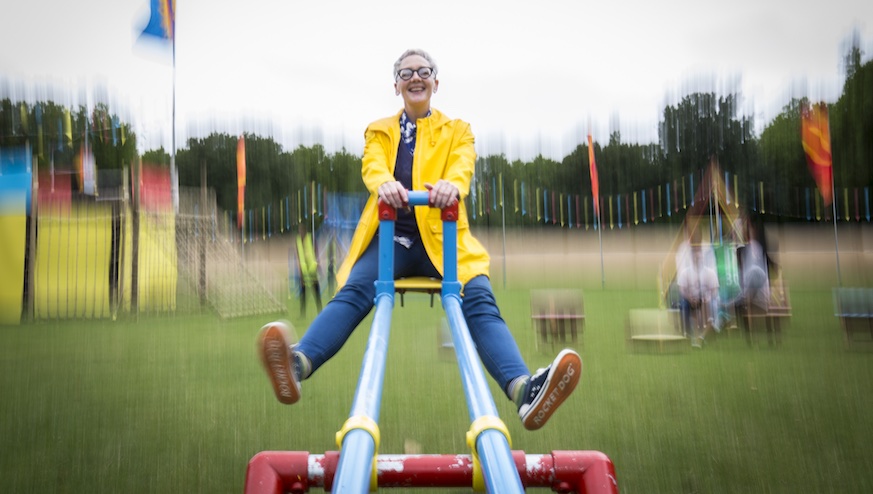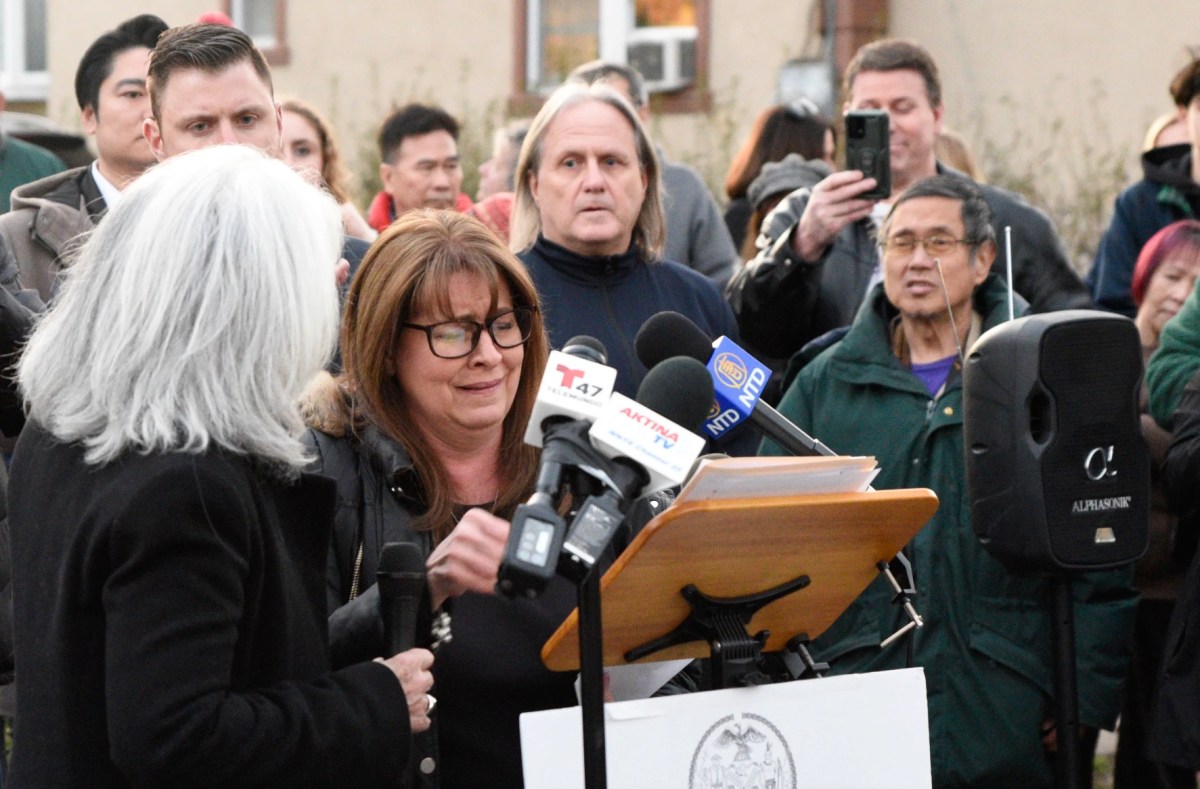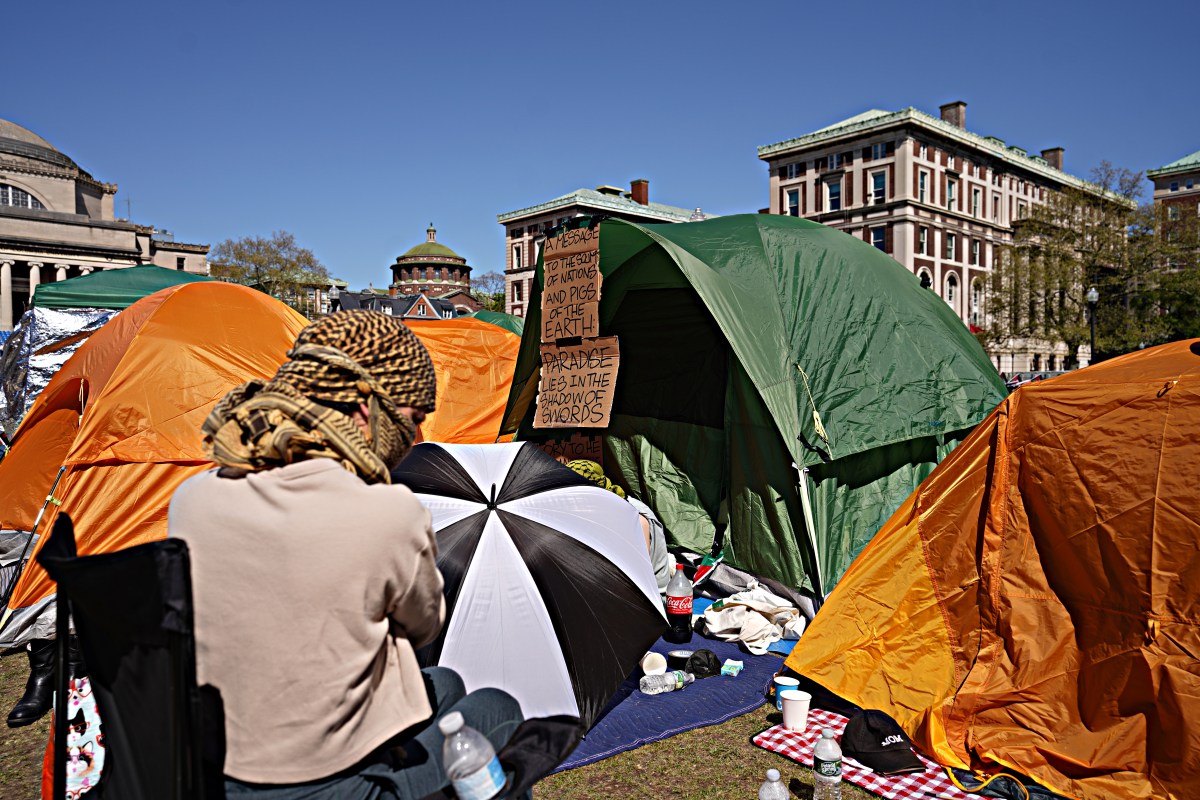When thinking about the word “happiness,” an image that comes to mind is that of a smile. For others, it may look more like a party or a hammock in the Caribbean. But seen in that way, happiness becomes almost unattainable, too fleeting. So, why should we propose to be happy?
Maybe it’s better not to try. Perhaps the error is in what we understand as happiness. The new currents of psychology understand it as the degree of satisfaction experienced day by day. Wenceslao Unanue, director of the Institute of Welfare and co-director of the Advanced Course in Organizational Happiness (DFO) at the Santiago, Chile-based Adolfo Ibáñez University, explained that “lasting happiness is where I find fulfillment — I can better withstand difficulties, and I feel that my life has a sense.”
“The happiest people are by far those who have better interpersonal relationships. Quantity is not what matters, but the quality of those relationships, feeling appreciated by others and also appreciating and loving others. These relationships not only focus on the family and the couple, but friends or co-workers are tremendously important as well,” Unane stated.
Altruism, gratitude toward life, generosity, leading a healthy life and more connection to the environment and nature have acquired an increasingly important value for the benefits they offer: greater optimism, strengthening emotional ties, reducing anxiety and depression, as well as improving health.
But to be happy, it is necessary to build that happiness. Excessive work, fatigue and a precarious salary are factors that make it difficult to connect with one’s emotions and needs. Along with the state’s responsibility to promote policies that grant basic levels of well-being, people around the world are beginning to take charge of their own happiness. Here are some examples of these trends:
Plogging
This concept, born in Scandinavia, mixes the Swedish words for “jog” and “pick up.” It consists of doing an outdoor physical activity while collecting garbage from the environment, such as bags, bottles, papers, etc. This has allowed groups of “ploggers” that share the same interest. The experience is being replicated in countries like England and Thailand.
Shinrin-yoku
This Japanese practice translates as “absorbing the atmosphere of the forest.” It involves walking for two hours, disconnected from any electronic device, following a guide that facilitates the connection. The idea is to focus on breathing and opening the senses: touching trees, smelling a flower, lying on the grass, etc. This is how you can rest from noise, worries and obsessive thoughts. Countries such as the U.S., Canada and Spain have already begun to implement this practice in their forests.
Lagom
The Swedish word “lagom” is translated as “enough.” This trend is more related to a guiding concept of focusing on “the right measure” — to work enough, to eat enough, to rest enough, etc. A more comfortable life is privileged with basic things — that is, only what is necessary. Lagom tries to eliminate excesses and approach a more balanced life, both in the workplace and socially.
Combating isolation
Centers for older adults are demonstrating one of the most beneficial ways to strengthen social ties. The village of Frome, in the United Kingdom, drastically reduced (to 17 percent) emergency hospital care thanks to a support network promoted by the municipality, where community groups and volunteers generate spaces of coexistence with people who are alone (mainly senior citizens). The experience has been so good that today the farmers market is a meeting place and a spot for pleasant conversation for neighbors.
Give a coffee
Inhabitants of different cities around the world, such as San Francisco, are adopting the practice of paying for an extra coffee or a breakfast in the morning for the hundreds of people who live on the street, who can go to claim it when they wish, making the city a friendlier a place.
Q&A with Daniel Barros, laughter therapist
“Laughter, for me, is a language, a form of communication. It helps me to be more flexible, and thanks to that, I stay young, audacious and flirtatious,” said Daniel Barros.
Q: What is laughter therapy? “It is a technique that allows people to connect with themselves through humor and play. In these activities, we dance, sing, role play — always focused on laughter as an instrument to socialize.”
Q: How does laughter help us to be happier? “Laughter is a corporal dance. When you laugh, you move more than 400 muscles, you release endorphins, you relax. It is a language that creates synergy in a group of people, allows you to present yourself in front of others naturally, as you are, without so much rigidity. In that sense, laughter is transgressive and allows you to fill the environment with light, to stand in front of life in a different way.”
Q: What do people learn at these workshops? “People learn from their partner, they improve their performance facing others. Humor as laughter promotes adaptation to change and reduces the frustration that we often have of our own limitations. Laughter also helps to face problems better, because life is full of complications, but through humor and laughter we can look at them from another angle.”
Q: Why is it sometimes difficult to laugh? “A person who is good at laughing is looked at as socially immature, uncommitted, but that is a mistake, because people who are capable of laughing are often more competent and have more tools to face certain situations.”



















